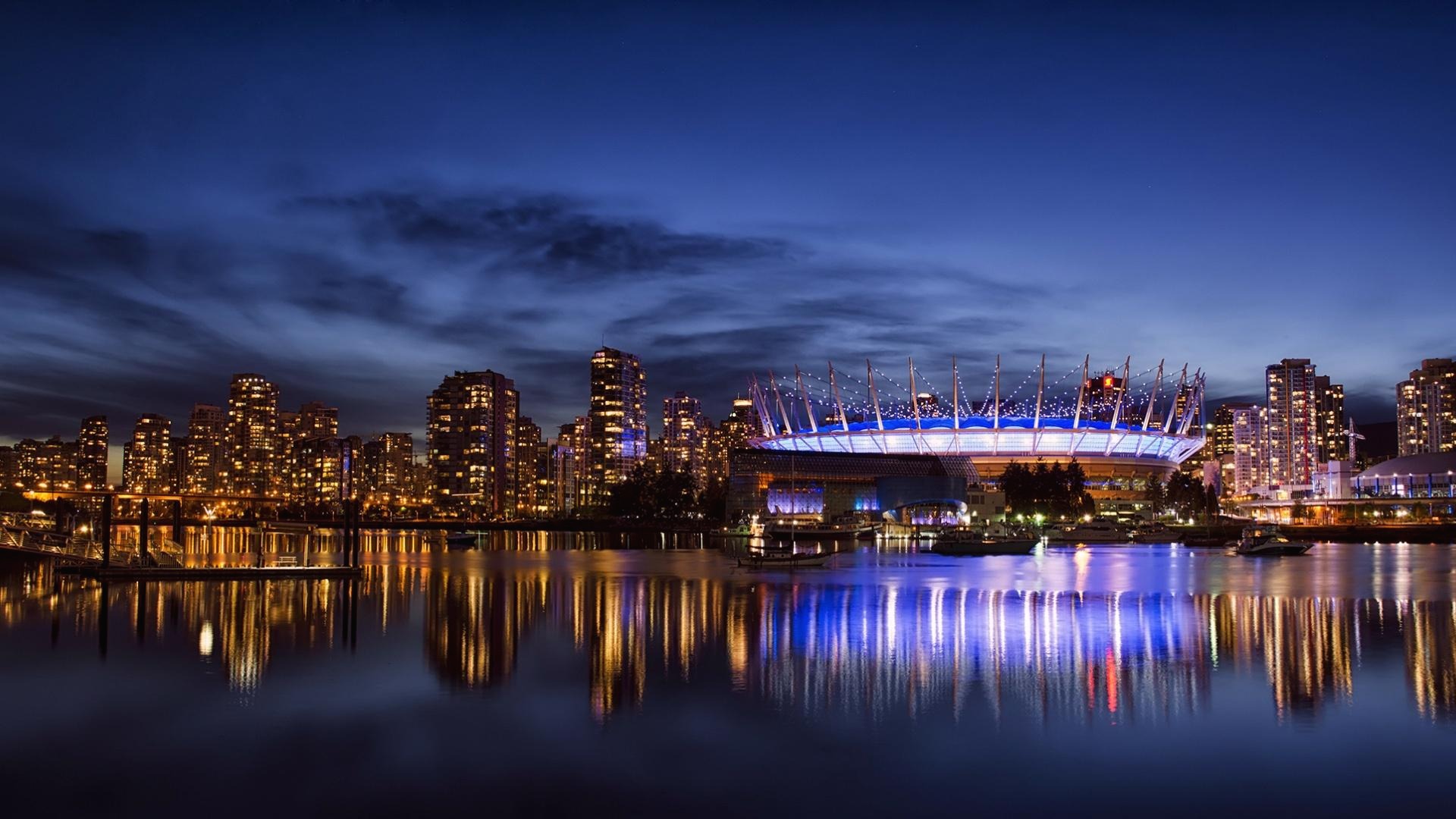수소트럭 '니콜라' 1억불 수혈···사기 오명 벗고 다시 달릴까
자료출처 아주경제
일 자 2021.3.17
|
수소·전기 트럭 업체 니콜라, 보통주 1억 달러 발행해 자금 조달 계획 발표 공매도 세력 의해 사기 업체로 낙인... 재도약 신뢰 회복 나서 "수익성은 없지만, 자본 시장에서 자금 조달 나쁘지 않은 선택" |
미국 수소‧전기 트럭업체 니콜라가 1억 달러(약 1132억원)를 조달한다. 지난해 나스닥에 데뷔한 지 100일도 안 돼 사기 업체로 낙인찍힌 니콜라가 다시 일어설 수 있을지 귀추가 주목된다.
사기 논란으로 곤두박질 니콜라, 자금 조달로 반등 노려
16일(현지시간) 미국 금융투자업계에 따르면 니콜라는 보통주를 1억 달러 규모로 발행해 자금을 조달할 계획이라고 밝혔다. 니콜라는 지난 15일 해당 내용이 담긴 보고서를 미국 증권거래위원회(SEC)에 제출한 것으로 전해졌다.
니콜라는 이번 자금 조달을 통해 미국 애리조나 피닉스 인근 지역인 쿨리지에 짓고 있는 제조 공장 완성에 박차를 가할 예정이다. 니콜라는 “애리조나에 위치한 제조 시설을 완공하기 위한 자금 지원과 상업용 전기, 수소 트럭을 개발하고 수소 충전소 인프라를 개발하는 등 일반적인 기업 목적을 위해 사용할 것”이라고 설명했다.
니콜라가 제출한 보고서에 따르면 니콜라는 올해 애리조나 공장 초기 단계 설립이 완료된 후 트럭 조립을 시작할 예정이다. 니콜라는 "2022년에는 공장 2단계가 완공되면 모든 트럭을 생산할 것이다. 트럭을 제조하는 데 사용하는 공장과 장비에 대해 비용이 많이 들기 때문에 설비 자격을 갖추기 위해 시간이 많이 필요할 수도 있다”고 덧붙였다.

[그래픽=우한재 기자, whj@ajunews.com]
니콜라가 구체적 목표를 제시하고 투자를 유치하는 이유는 ‘사기 업체’라는 이미지를 벗기 위한 것으로 보인다. 지난해 6월 SPAC(기업인수목적회사)과 합병을 통해 미국 증시 나스닥에 우회 상장한 니콜라는 상장 첫날 33.75달러(약 3만8200원)에 거래를 마쳤다. 이후 나흘 만에 종가 기준 최고가인 79.73달러(약 9만200원)를 기록하면서 테슬라를 잇는 전기차 강호로 주목받았다.
하지만 니콜라 주가는 지난해 9월 29일 기준 17.88달러(약 2만200원)까지 곤두박질쳤다. 당시 공매도(주가 하락 시 이익이 발생하는 투자 방식) 업체 힌덴버그 리서치가 니콜라의 사기 의혹이 담긴 보고서를 공개했기 때문이다. 힌덴버그는 보고서를 통해 “니콜라가 공개한 도로 위를 달리는 트럭 영상은 트럭을 언덕 위로 견인했다가 굴린 것이다. 배터리 개발, 수소 생산 단가 감축, 수소 충전소 인프라 확충 등은 다 거짓말이다”라며 니콜라 허위 실적을 지적했다.
사기 논란 여파는 컸다. 니콜라 창업자인 트레버 밀턴 최고경영자(CEO)는 논란이 불거지자 사임했고 SEC와 미 법무부는 밀턴과 니콜라에 대한 집중 조사에 나섰다. 12월에는 니콜라 지분 11% 인수를 검토 중이던 미국 자동차회사 제너럴모터스(GM)가 고심 끝에 관련 계획을 철회했다.
경영 위기를 겪은 니콜라는 이내 전화위복을 노렸다. 지난달 마크 러셀 니콜라 CEO는 “니콜라가 쓰레기 트럭 계약 취소와 GM의 계약 축소에 따라 더 집중된 전략을 채택하고 목표를 위해 궤도를 유지 중이다”고 말했다. 실제로 니콜라는 지난해 12월 이탈리아 자동차 업체 이베코와 함께 독일 공장에서 제작한 전기 트럭 시제품 시범 주행 영상을 공개하기도 했다. 미국 증권사 웨드부시의 다니엘 아이브스 애널리스트는 “10년 내 5조 달러(5659조5000억원)로 성장할 것으로 예상되는 전기차 시장에서 업체들은 자본을 늘리기 위해 경쟁 중이다. 니콜라 역시 그들의 비전을 실행하기 위해 노력 중이다. 다시 신뢰성을 쌓기 위해 벽돌을 하나씩 올리고 있다”고 전했다.
추가 투자까지 노려··· 투자자들 마음은 '싸늘'

[사진=니콜라 홈페이지]
니콜라가 재기를 위해 고군분투하지만, 투자자들 마음을 돌려세우기는 당분간 어려울 것으로 보인다. 16일 니콜라 주가는 전일 대비 7.09% 떨어진 15.85달러(약 1만7900원)에 장을 마감했다. 니콜라가 야심 차게 자금 조달 소식을 발표했음에도 투자자들은 오히려 또 사기를 의심한 것으로 풀이된다. 미국 금융투자정보제공 사이트 모틀리풀은 16일 “니콜라가 발표한 계획은 여전히 투기적이며 투자자들은 잠재적인 실패와 성공에 대해 계획을 세워야 한다. 이번 자금 조달은 니콜라 수익 창출 전 마지막이 자금 조달이 아닐 수도 있다”고 경고했다.
킴 브래디 니콜라 최고채무책임자(CFO) 역시 지난달 “새 공장과 수소 충전소에 할당된 모든 자본을 지출할 계획이고 더 많은 자금을 조달하기 위해 시장을 활용할 수 있다”며 추가적인 자금 조달 계획을 언급한 바 있다.
또한 니콜라는 SEC에 제출한 보고서를 통해 △손실 이력이 있는 초기 단계 회사 △운영 비용 통제 능력 △추가 자금 조달 필요성 △힌덴버그 보고서 관련 소송 △제조 공장부터 트럭 출시까지 지연 여부 등을 위험 요소로 명시했다. 니콜라는 “이러한 위험이 실제로 발생하면 사업 운영에 중대한 영향을 미칠 수 있으며 주가 하락으로 이어질 수도 있다”고 전했다.
한편 니콜라는 국내 개인투자자에게 많은 관심을 받는 주가 종목 중 하나다. 한국예탁결제원 증권정보포털 세이브로에 따르면 16일 기준 국내 주주들의 니콜라 주식 보유 금액은 1억7938만 달러로 미국 주식 보관 규모 중 41위를 기록했다.
이재일 유진투자증권 연구원은 "니콜라는 신규 공장도 만들어야 하고 새 모델도 출시해야 하는 상황에서 아직 수익성이 없는 기업으로서 자금 수요가 계속 있을 수밖에 없는 회사다. 자본 시장에서 자금을 조달하는 것도 나쁘지 않은 선택이다"고 말했다.
다만 "작년에 자금을 조달했던 많은 기업이 단기간에 주가를 회복했지만, 올해는 작년 만큼 주식 시장이 우호적으로 보이지는 않는다"고 덧붙였다.
'Fuel Cell' 카테고리의 다른 글
| 「売れば売るほど赤字」の水素に、それでも夢がある理由 (0) | 2021.03.22 |
|---|---|
| STX중공업, 수소·연료전지·신재생에너지 사업부문 물적분할 결정 (0) | 2021.03.22 |
| Catalytic convertor ensures fuel cells really are emissions-free (0) | 2021.03.18 |
| VW joins ranks of car makers rejecting hydrogen fuel cells (0) | 2021.03.18 |
| FCV用「タイプ4」水素タンク、中国企業が量産へ (0) | 2021.03.18 |




